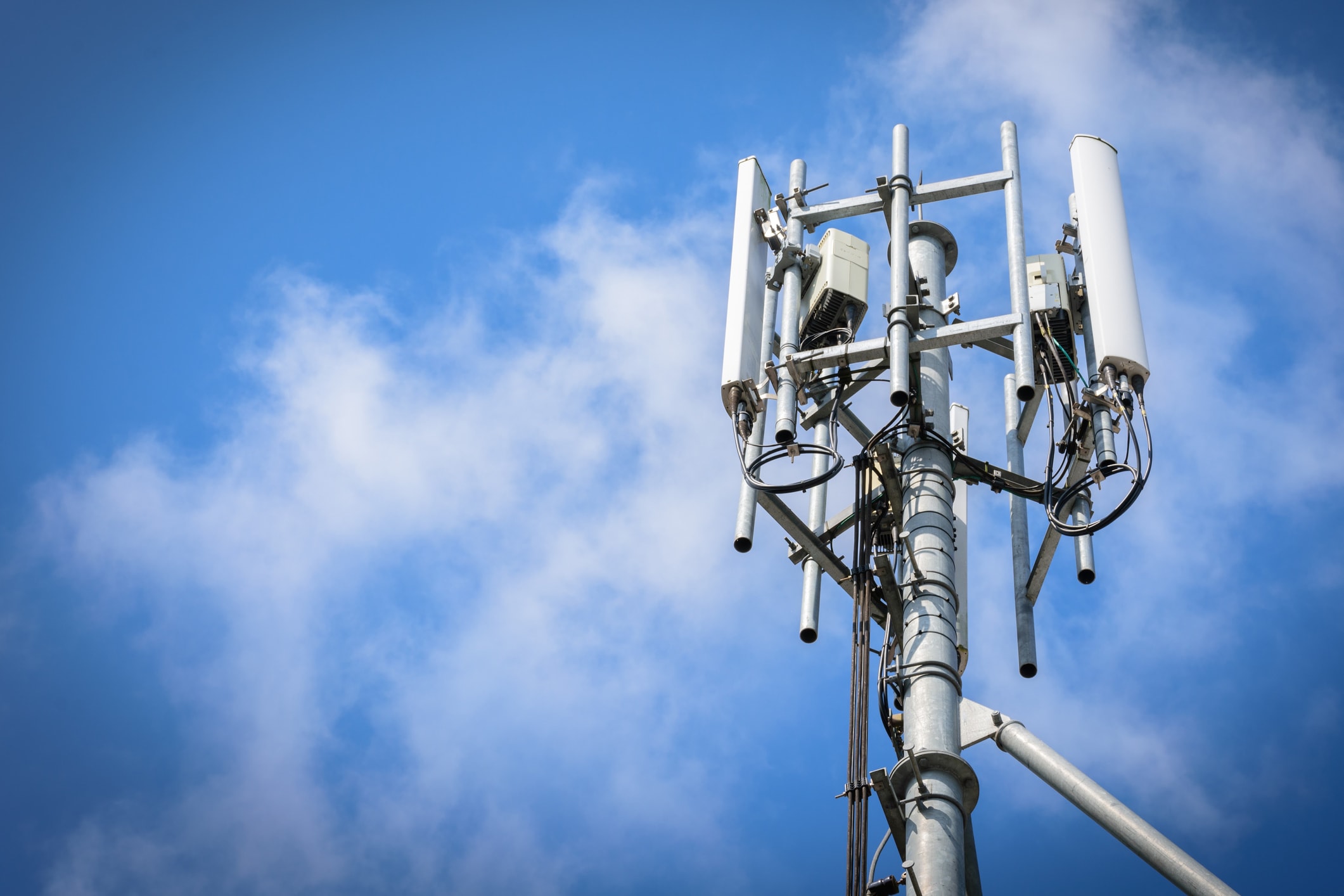If you've ever been through a city and spotted tiny cell towers for 5G on street light poles. cell phone radiation appear like tiny boxes however they're actually sending wireless signals from mobile providers to your phone.

These smaller towers are replacing larger specially-designed cell towers. While they're less noticeable but they can still create issues for users.
It is the of the FCC's Radiation Exposure Thresholds
The FCC's Radiation Exposure Thresholds determine the maximum amount of time a person can be exposed to electromagnetic energy from wireless devices. The exposure limits are based on scientific data which show that the energy of RF could be harmful to human health.
The specific absorption rate (SAR) is an indication of the radiofrequency energy that is taken up by tissues. It's usually 1.6 milliwatts per kilogram calculated over one kilogram of tissue.
However, because 5g transmits at higher frequencies and has the potential to cause greater energy intensity on the skin and other directly-exposed body areas. This can lead to a wide range of potential problems, including an increased development of skin diseases such as dermatitis, skin cancer and cataracts.
Because of the potentially harmful effects of radiation from 5G, PSU has chosen to establish a general, localized maximum power density of four MW/cm2 averaged over 1 cm2, and not to exceed 30 minutes, for the entire 5G spectrum at 3000 GHz. This localized limit is in accordance with the highest SAR that is spatially averaged at 1.6 W/kg, which is averaged over 1 5 grams of body tissue, at 6 GHz.
The FCC's Maximum Exposure Thresholds
In the event that you've used cell phone, then you've probably realized that the safest distance from the tower is around 400 meters. This is due to the power of the transmission of a cell tower increases dramatically the further your location from the tower.
While this sounds like something that's good however, people who live close to towers might be more susceptible to health issues. For instance, a study conducted in 2014 in India found that residents who lived within 50m of cell towers had much more health problems than those living further distance from them.
But, the study found that people who moved to areas that were further from cell towers experienced their symptoms return to normal within a couple of days. Other studies have revealed that exposure to high frequencies of radiofrequency electromagnetic fields (EMFs) could cause brain tumors, cancers as well as other health issues.
This is due to the fact that RF radiation, which is utilized in wireless communications, can penetrate the human body's exterior layer, which is the skin. This is important to understand because the skin acts as a barrier to protect against mechanical injury, infection caused by pathogenic microorganisms and infiltration of toxic substances. The skin is the biggest organ of the human body. It is accountable for maintaining the integrity of other organs.
The FCC's Minimum Exposure Thresholds for the Minimum Exposure
The FCC's Minimum Exposure Thresholds are based on many assumptions that aren't supported by evidence from science. They include the incorrect belief that exposures to RF radiations are not harmful due to the limited radiation penetration in the human body (i.e. thermal heating of tissue).
This assumption does not take into account the more extensive penetration of ELF elements of modulated radio signals, as well as the effect of brief bursts of heat caused by RF pulses. These assumptions do not correspond with current understanding of the biological effects of RF radiation, and thus, they should not be used for health protective exposure standards.
Furthermore, cell phone radiation and FCC limit the maximum limits of exposure to peak local SARs based on the peak frequency of absorption (psSAR) which is not a reliable dosimetric instrument for determining the level of exposure to RF radiation. In particular it is inconclusive when frequencies exceed 6 GHz. Furthermore, psSAR has not been tested for RF radiation with co-exposure to other environmental agents , such as sunlight. In the event of interactions, RF radiation and other environmental agents may produce synergistic or antagonistic effects. This would result in an increased risk of negative health consequences. For example, exposure to RF radiation with sunlight may increase the risk of developing skin cancer, and may also exacerbate other skin diseases such as acne.
